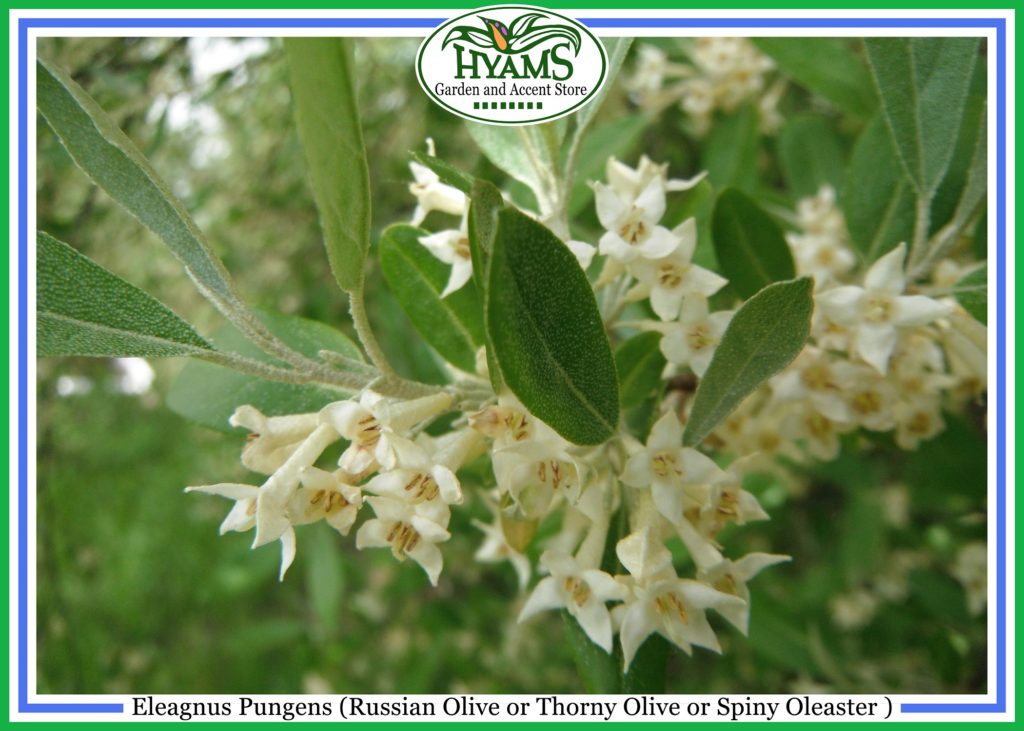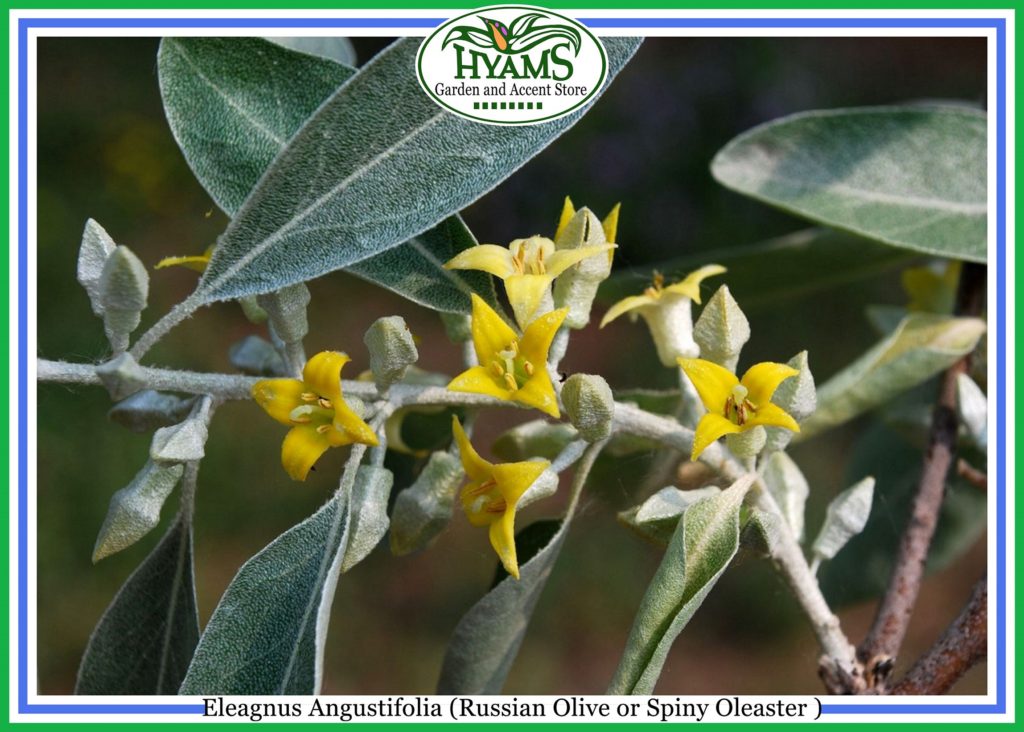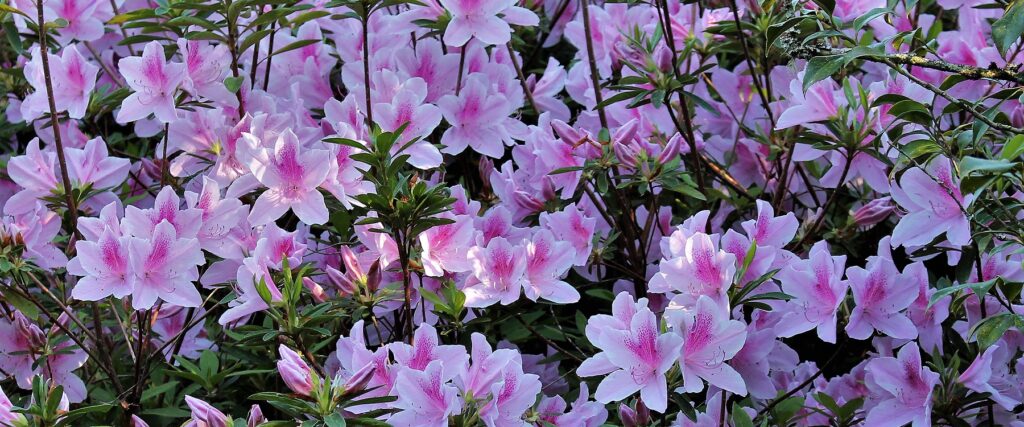Flowers introduce fragrance into our landscape. Researchers argue that fragrance reduces anxiety, improves physical performance and causes certain desired physiological responses and so on. Most people appreciate the aesthetic side of a landscape. However, we can also smell a landscape. Our sense of smell or the olfactory system pics up odors and converts them into electrical impulses that our brain can process. In humans, about 300 active olfactory receptor genes are devoted to detecting thousands of different fragrance molecules through a large family of olfactory receptors of a diverse protein sequence. The sense of smell plays an important role in the physiological effects of mood, stress, and working capacity. We can landscape our garden or the backyard for the senses other than the sense of sight. We can introduce plants that can help us enjoy the scents of nature. Here are some of the plants that bloom and spread fragrance in the landscape.
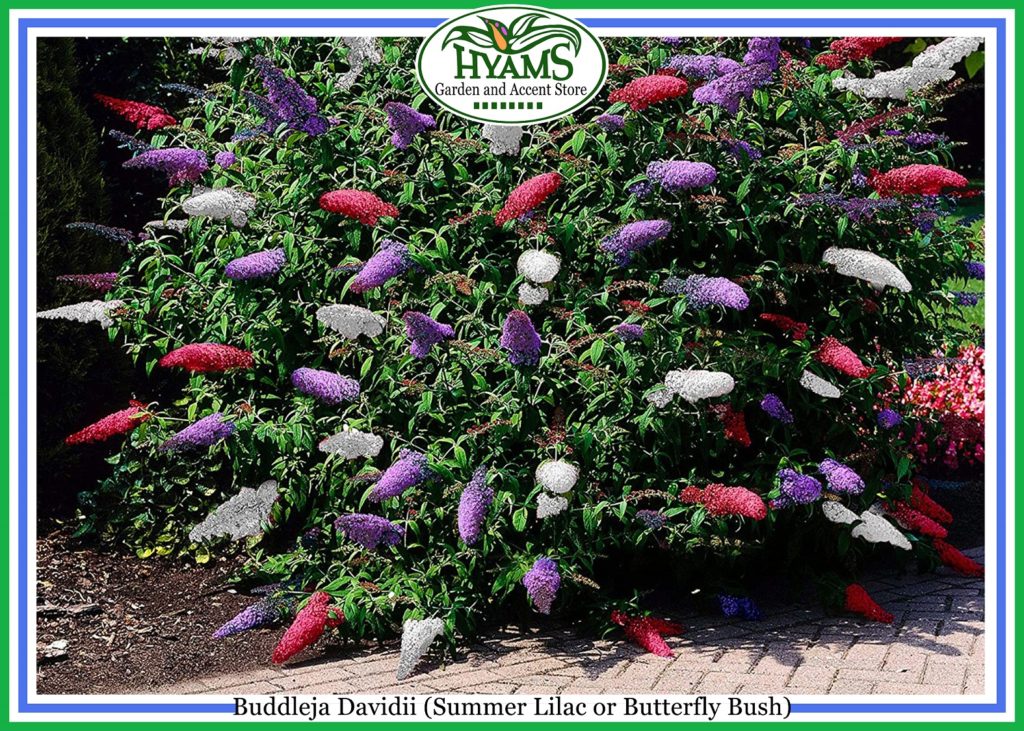
Buddleja davidii, also called summer lilac, butterfly-bush or orange eye, is a species of flowering plant in the family Scrophulariaceae, native to Sichuan and Hubei provinces in central China, and also Japan. It is widely used as an ornamental plant, and many named varieties are in cultivation. It blooms in summer and has grape like fragrance.
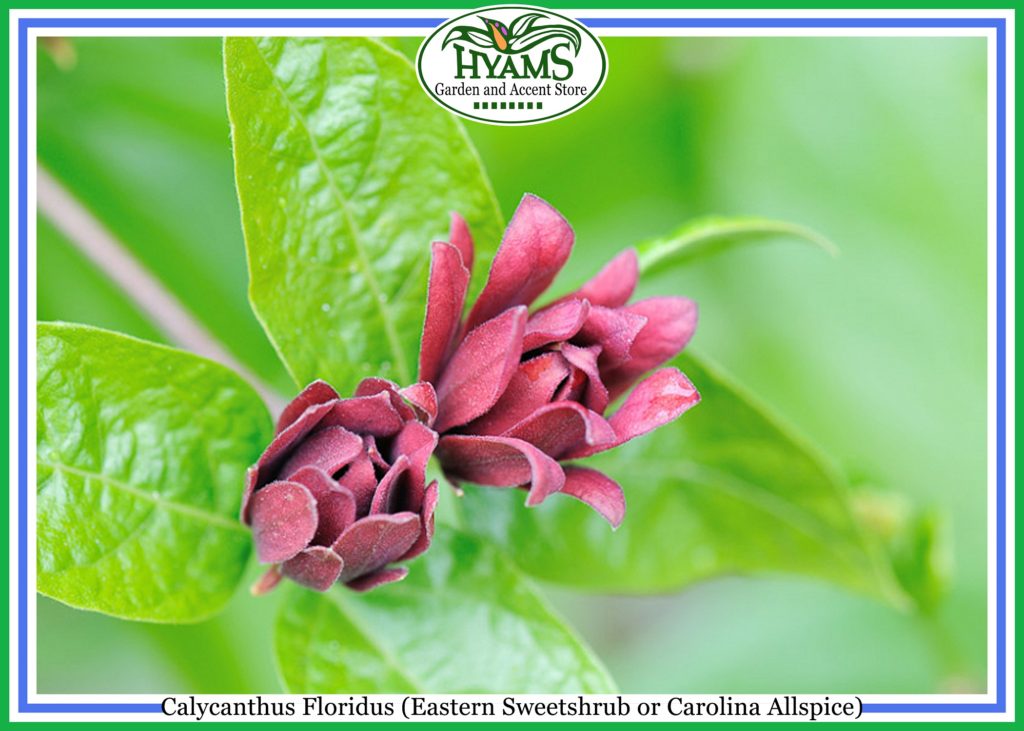
Calycanthus Floridus, or commonly known as the Eastern sweet Shrub, Carolina all spice or spice bush, is a species of flowering shrub in the family of Calycanthaceae. It is identifiable by its dark red flowers and fruity fragrant scent. It is non-invasive and is found in the Southeastern United States region.
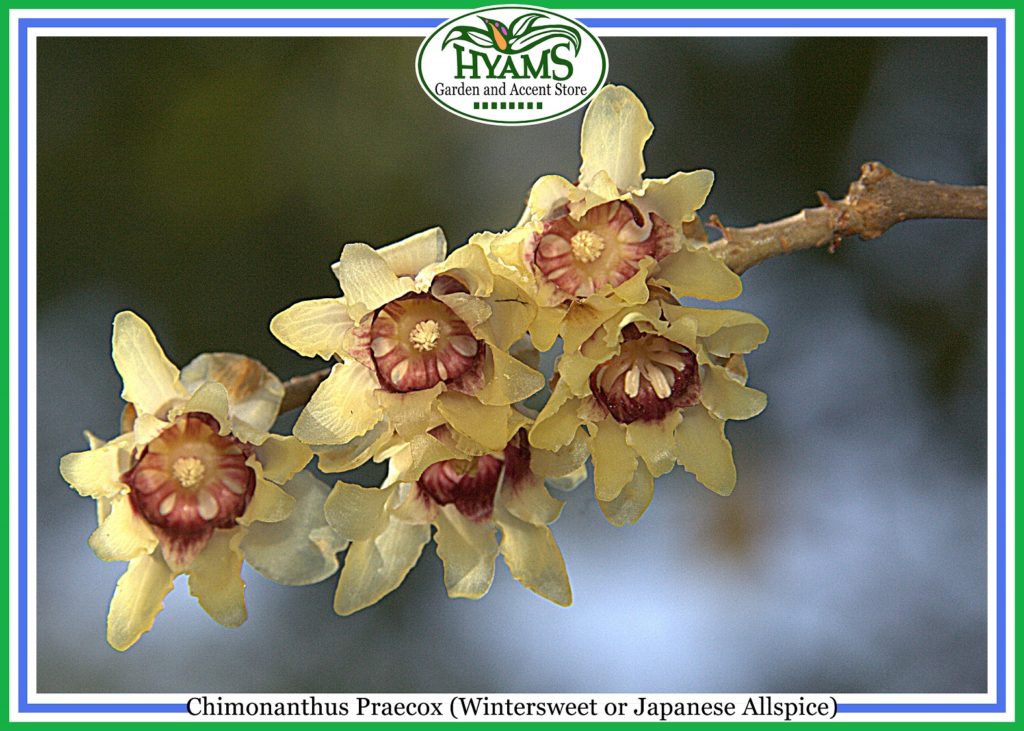
Chimonanthus Praecox, also known as wintersweet or Japanese allspice, is a species of flowering plant in the genus Chimonanthus of the family of Calycanthaceae, native to China. The plant is known as làméi in Chinese. Wintersweet is also cultivated in Japan, Korea, Europe, Australia, and the United States. It blooms in winter (December to February). It is a fragrant deciduous shrub with delicate translucent flowers.
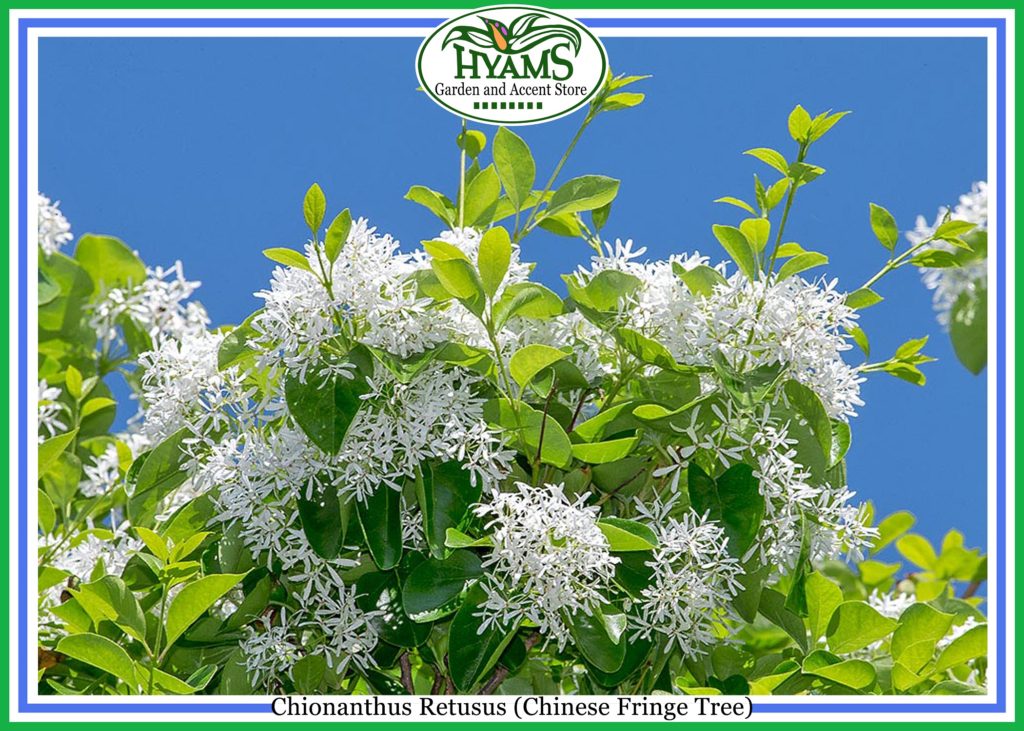
Chionanthus Retusus, the Chinese Fringe Tree, is a flowering plant in the family of Oleaceae. It is native to eastern Asia: eastern and central China, Japan, Korea and Taiwan. It is a deciduous shrub or small to medium-sized tree growing to 20 meters in height, with thick, fissured bark. Transplant this Asian native into a location with full sun or partial shade. The lustrous, leathery foliage looks best when grown in some light shade (dappled sunlight), while the flowering is heaviest when planted in full sun. This tree tends to flower better in alternate years. The only real downside is that is it frequently damaged by deer. The Chinese fringe tree is an excellent choice anywhere a small tree is needed. It is well suited for most Carolina landscapes, due to its adaptability to our varied soil types. Like many white-flowered plants, the fringe tree looks especially pretty transplanted in front of a dark evergreen backdrop. It blooms in May and June and is lightly fragrant.
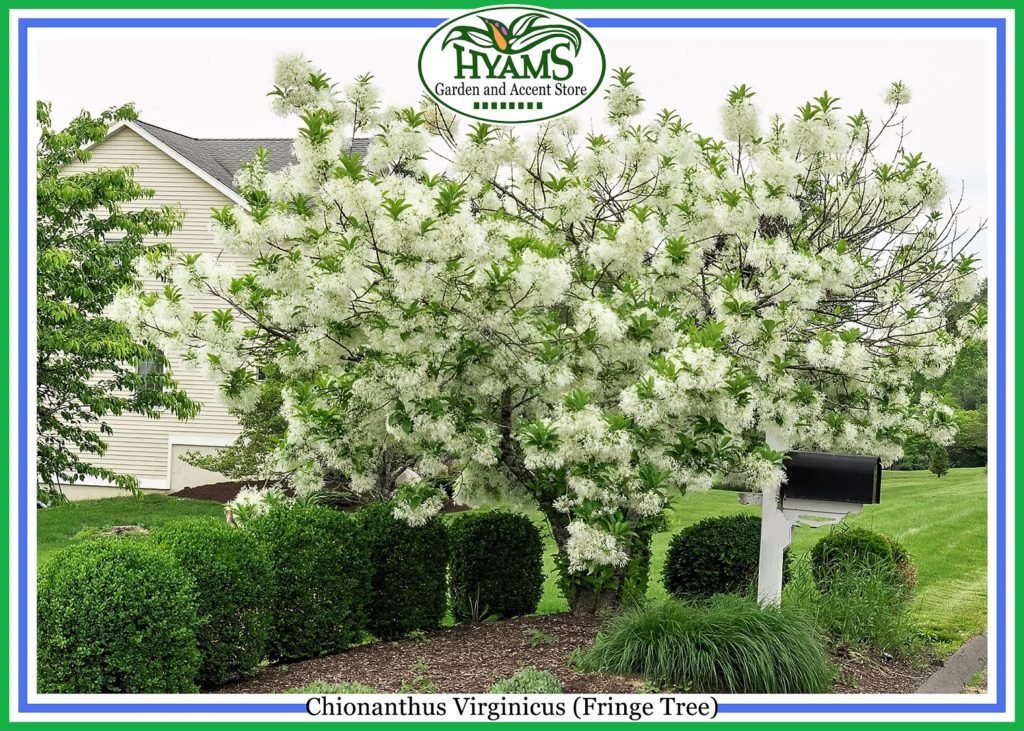
Chionanthus Virginicus is a tree native to the savannas and lowlands of the southeastern United States, from New Jersey south to Florida, and west to Oklahoma and Texas. Easily grown in average, medium, well-drained soil in full sun to part shade. Prefers moist, fertile soils. Seldom needs pruning. Tolerant of air pollution and adapts well to urban settings. Intolerant of prolonged dry conditions. Chionanthus virginicus, commonly called fringe tree, is a deciduous, Missouri native shrub or small tree with a spreading, rounded habit that typically grows 12-20′ tall (to 35′ in the wild, however) and most often occurs in rich, moist woods and hillsides, moist stream banks, limestone glade margins and rocky bluffs and ledges. Common name refers to the slightly fragrant, spring-blooming flowers which feature airy, terminal, drooping clusters (4-6″ long) of fringe-like, creamy white petals. Dioecious (separate male and female plants), but also may have perfect flowers on each plant. Male flowers are showier than female flowers. Fertilized perfect or female flowers give way to clusters of olive-like fruits which ripen to a dark, bluish black in late summer and are a food source for birds and wildlife. Wide, spear-shaped leaves (to 8″ long) turn yellow in autumn. Genus name comes from the Greek words chion meaning snow and anthos meaning a flower for the snow white flowers of C. virginicus. Specific epithet means of Virginia.
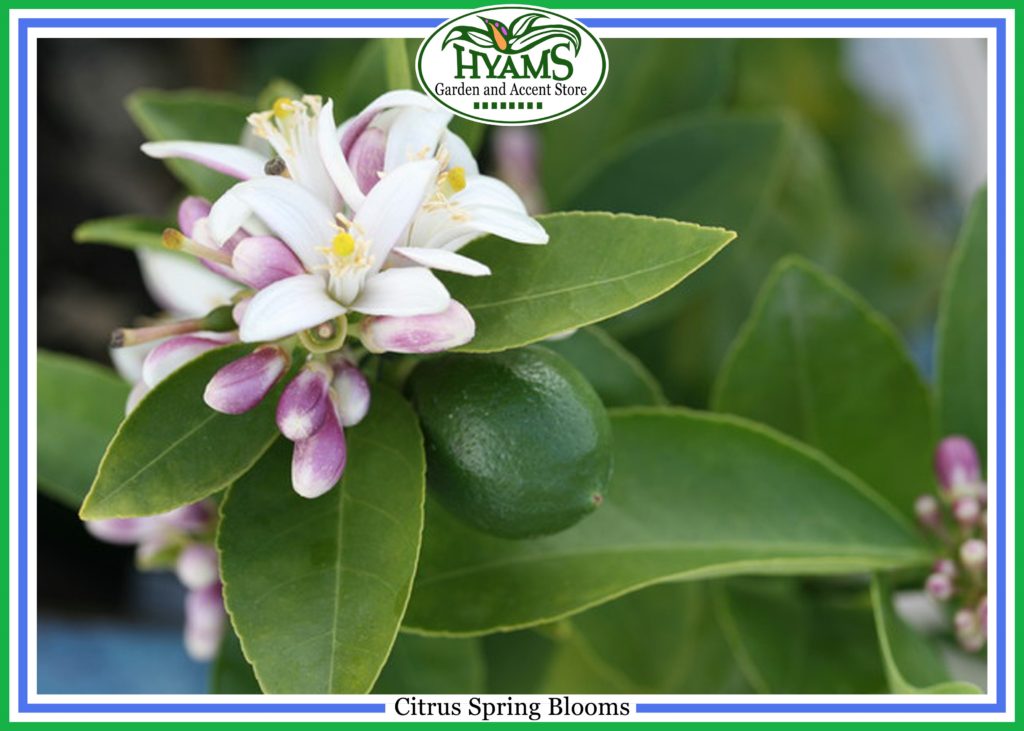
Citrus Sp. Or Citrus Spring Blooms is a tree with deciduous leaves and goes through a very fragrant flowering in spring. From November to February one can see the strong color of its fruits. Its flower is very fragrant during twilight, therefore the insects responsible for its pollination, are active in this moment of the day, which is a good example of symbiosis.
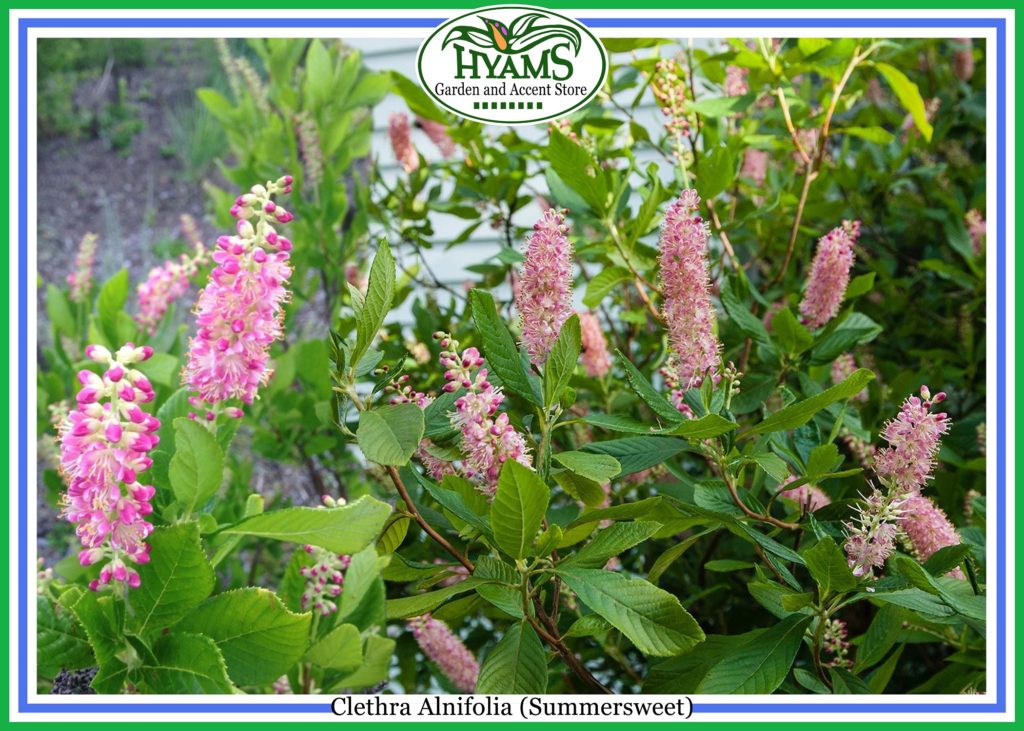
Clethra Alnifolia, commonly called summersweet or Coastal Sweet Pepper Bush, is a deciduous shrub that is native to swampy woodlands, wet marshes, stream banks and seashores, often in sandy soils, along the coast from Maine to Florida and west to Texas. It is a rounded, suckering, densely-branched, deciduous shrub that typically grows to 3-6’ (less frequently to 8’) tall and is noted for producing a mid to late summer bloom of sweetly fragrant white flowers which appear in narrow, upright panicles (racemes to 2-6″ long). Flowers give way to dark brown seed capsules (1/8″ diameter) which may persist into winter. Mature stems have scaly, dark gray to brown black bark. Serrate, obovate to oblong, glossy dark green leaves (to 3-4” long) turn variable but generally attractive shades of yellow to golden brown in fall. Flowers are very attractive to butterflies and bees.
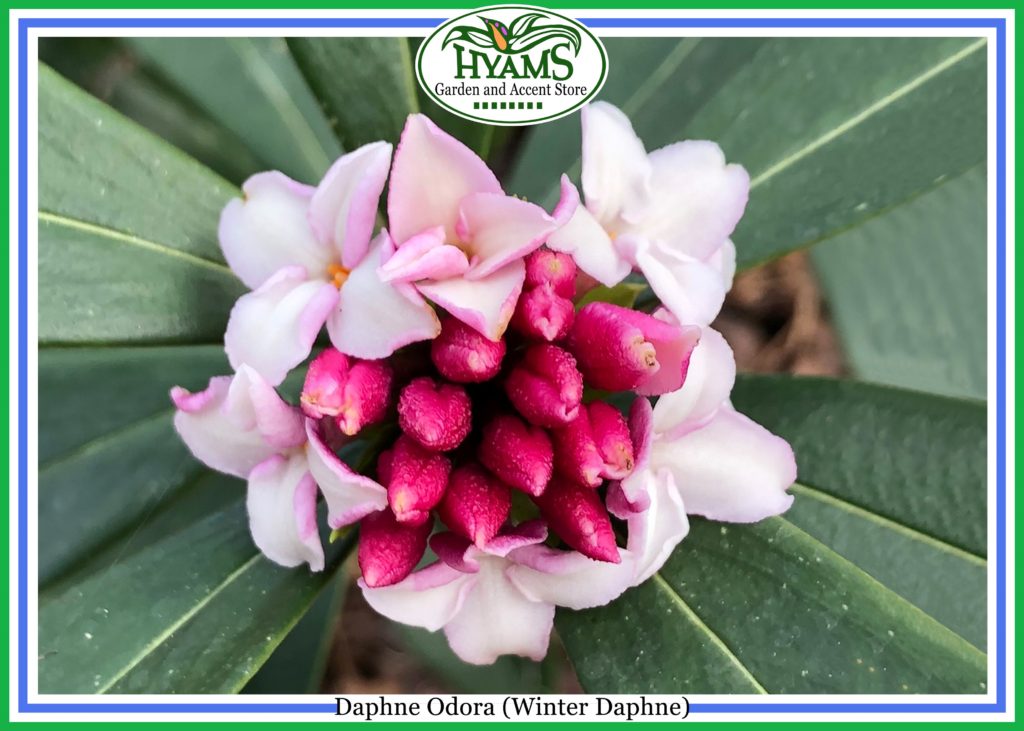
Daphne Odora or Winter Daphne, is a species of flowering plant in the family of Thymelaeaceae, native to China, later spread to Japan and Korea. It is an evergreen shrub, grown for its very fragrant, fleshy, pale-pink, tubular flowers, each with 4 spreading lobes, and for its glossy foliage. Beautiful rosy-pink flower buds open as white sweetly fragrant flowers in winter and early spring. The plant has attractive yellow-margined, variegated foliage. It is a great foundation plant for dappled shade gardens. Plant Daphne Odora against a wall or near a patio or deck where its fragrance can be appreciated.
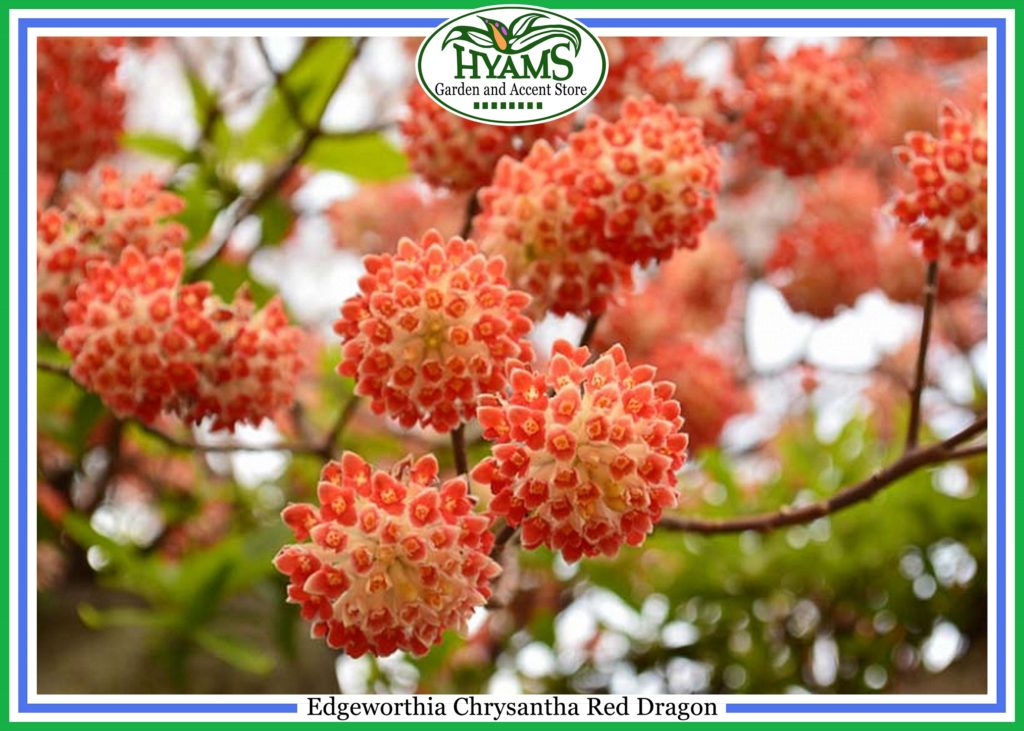
Edgeworthia Chrysantha, also known as Rice Paper Plant, provides superb winter interest and fragrance. This well-branched shrub begins blooming in December, when it’s nothing but a bare silhouette in the garden, and continues through the winter. The individual florets are tiny, but a few dozen make up a 1½- to 2-inch cluster that will simply knock you sideways. Like Daphnes, one can smell Edgeworthia long before one sees it. The fragrance is a bit like gardenia with a slightly spicier element. Edgeworthia thrives in partial shade and appreciates well-enriched, moist soil. In spring, after the blooms pass, it sports lovely bluish foliage with silvery undertones that are both eye-catching and soothing. In the summer one might mistake it for rhododendron. It has a beautiful shape and form. Grown in the sun, the foliage is still acceptable, though not as lush green as a rhododendron grown in a shaded area. And in autumn – yes, another season of color – the foliage turns rich shades of yellow. This shrub grows in zones 7 to 9 and in protected areas of zone 6. It eventually reaches 7 feet high and wide and makes a nice standalone specimen or back-of-the-border choice. Space these plants about 7 feet apart in partial shade and rich, moist soil. You don’t have to worry about missing the scent of the blooms, but you may want to plant it within reach of a passersby because the foliage invites handling. Be sure to snip a few blooms to keep the house fragrant through the winter. The fragrance can have a reminiscence of honey.
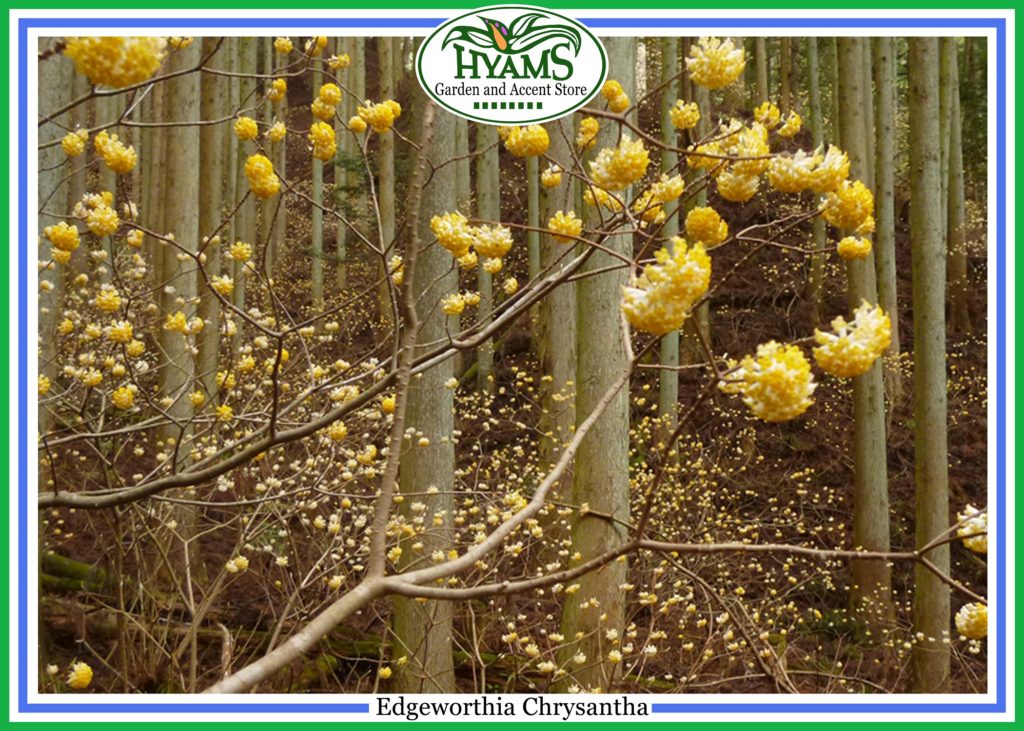
Elaeagnus Pungens, commonly known as Russian Olive or Thorny Olive or Spiny Oleaster or Silver Thorn, is native to Asia including Japan and China. It blooms in late summer and early fall and has fragrant flowers with sweet aroma.
